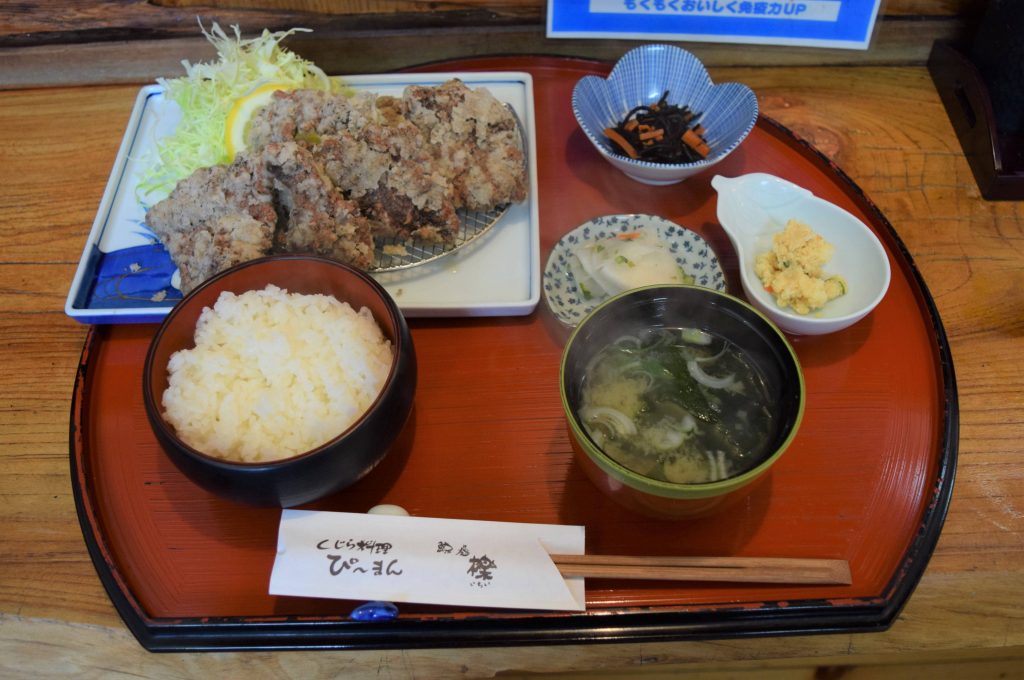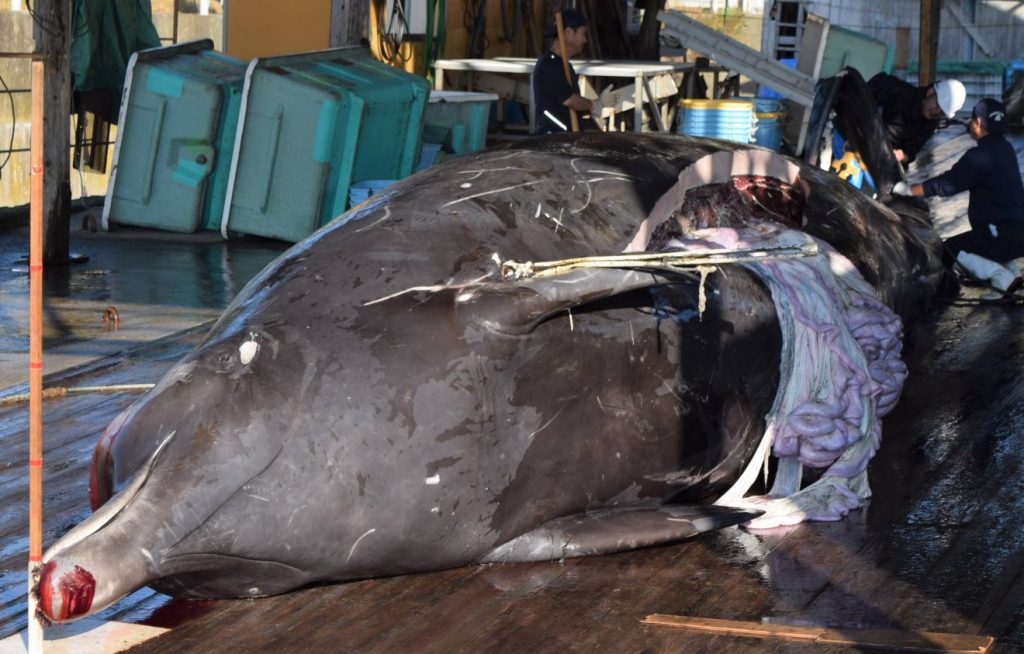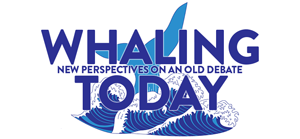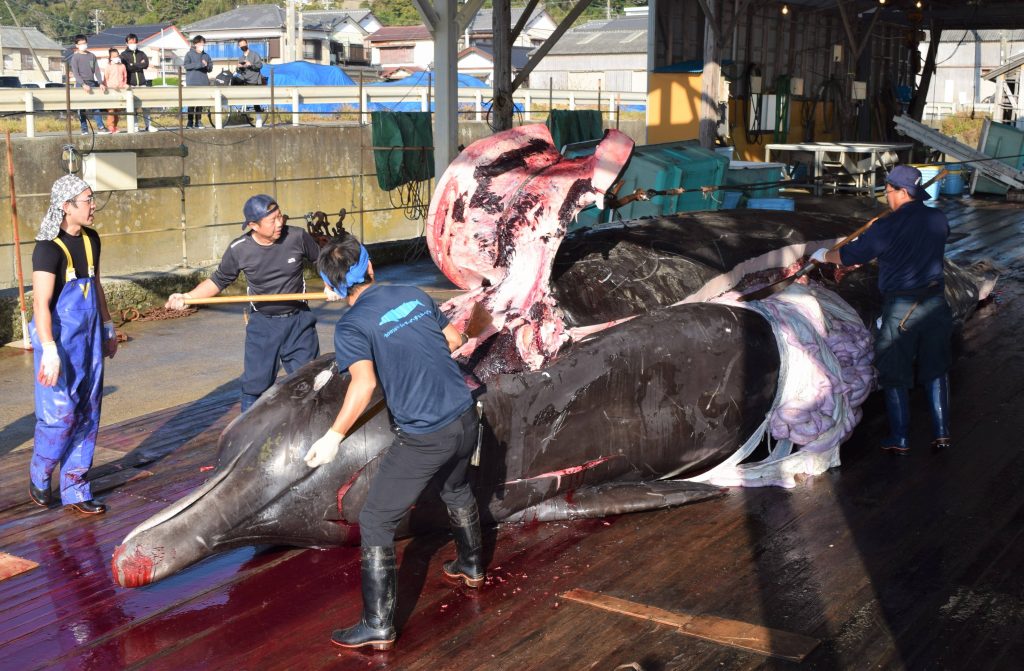There was a time when whale meat was so common in Japan that we almost expected it to be a part of every meal. But this changed from the late 1980s, when the International Whaling Commission (IWC) placed a moratorium on commercial whaling. Since then the overall whale market has declined.
In 2019, Japan left the IWC and restarted commercial whaling for the first time in 31 years, but a long road remains for the revival of this part of our food culture.
In the city of Minamiboso in Chiba Prefecture, home to the closest active whaling port to Tokyo, a whaling company and whale restaurants are working to build stable businesses and popularize whale delicacies once again.
A Normal Seafood Company
“Did you see any minke whales?”
“We didn’t see any minkes. There were some humpbacks and pilot whales though.”
On November 20, 2021, the ninth Baird’s beaked whale of the season was brought ashore at Minamiboso’s Wada Harbor. The whale was caught in the waters off of nearby Choshi City by the No. 51 Sumitomo Maru, a whaling ship operated by Gaibo Whaling, the only whaling company in the region. As workers at the harbor began to carve up the whale, families and locals gathered to watch and buy cuts of whale meat.
The whale was a male, 10.45 meters in length. Machines pulled at ropes attached to its thick skin, and a loud tearing sound rang out as large strips pulled away. When the workers sliced into its stomach, blood gushed out like water from a toppled tank.
Organized whaling in Minamiboso has a long, proud history, dating from the 17th Century in the nearby town of Katsuyama (now part of the town of Kyonan). “It’s a small-scale business, but people should know that there is still a world where we hear ‘Delicious!’ when we divvy up the meat for people to eat. We want to keep going somehow,” said Yoshinori Shoji, the president of Gaibo Whaling.
Baird’s beaked whales were not actually part of the IWC moratorium, and had been caught locally before Japan exited the organization and revived commercial whaling. But demand for the whales is limited to the Minamiboso region.
The main source of profit are popular whales like minkes, and when whaling of such species was banned, the industry managed to survive on government-sponsored research whaling.

The revival of commercial whaling, a separate scheme from research whaling, means that whaling companies must now become self-sufficient. As Shoji said, “We’ve become a normal seafood company. Our situation now is that we have to strive as a company that supplies food products, with the continued support of the government.”
Popular Even Among Young Eaters
Success in the for-profit commercial whaling industry means introducing whale dishes to a wider group of people. This means creating new demand, not just in cities, but also in rural areas. In Minamiboso, whale meat is sold at a discount twice a year to local residents.
“Piman,” a famous whale restaurant near Wada Harbor, features a menu brimming with a wide selection of whale dishes, including tatsuta-age (fried whale meat), and namero, a local delicacy. During a visit in December 2021, when the situation around COVID-19 had calmed down somewhat, the restaurant’s tables were nearly full, packed with tourists and locals. There were even customers waiting for takeout.
When asked about the popularity of whale foods, owner Shuji Ichihara said, “We see a lot of young customers and families. Westerners even come to eat.” He sees a lot of repeat customers and feels that people really enjoy the food.
His wife Yachiyo runs a whale diner a short distance away at a local market called the “Michi no Eki Wada Ura WA-O!” The diner serves whale sets, based on old school meals that included whale meat dishes.
“We want to do things like develop new menu items to draw more customers,” said Ichihara.
Coastal whaling communities, closely connected to this traditional food culture, now exist in only small numbers across Japan. Their continued survival depends on expanding the domestic whale market through a healthy balance of demand and supply.
Minamiboso Whaling
The first whaling group in the region was organized by Daigo Shinbe Sadaaki in the 17th Century, in what is now the town of Kyonan in Chiba Prefecture. The whaling groups disbanded during the Meiji Period, but later many modern whaling companies operated in the area. These shifted to base their operations in cities such as Choshi and Tateyama, but now only Gaibo Whaling remains.

Gaibo operates in Japanese coastal waters, and brings its whales ashore both in its home prefecture of Chiba, and in other regions such as Hokkaido and Tohoku. There are only a few such coastal whaling bases across the country, including Taiji in Wakayama Prefecture, and Ishinomaki in Miyagi Prefecture.
Thoughts from the Reporter
When you arrive at Wadaura Station, a model of a blue whale skeleton comes into view. The area features many landmarks that remind visitors of the close relationship between the Japanese and whales.
There is the nearby headquarters of Gaibo Whaling, and the Michi no Eki market that highlights the town’s whaling roots. There is a historical archive with numerous items on display, and a number of whale restaurants and other shops.
Gaibo Whaling announces on its blog when a Baird’s beaked whale will be cut up for food, and the power and skill demonstrated by the workers is a rare site, well worth seeing.
The Boso Peninsula region has a unique personality of a type not seen in the city. I hope you can make the journey.
Read the article in Japanese at this link.

